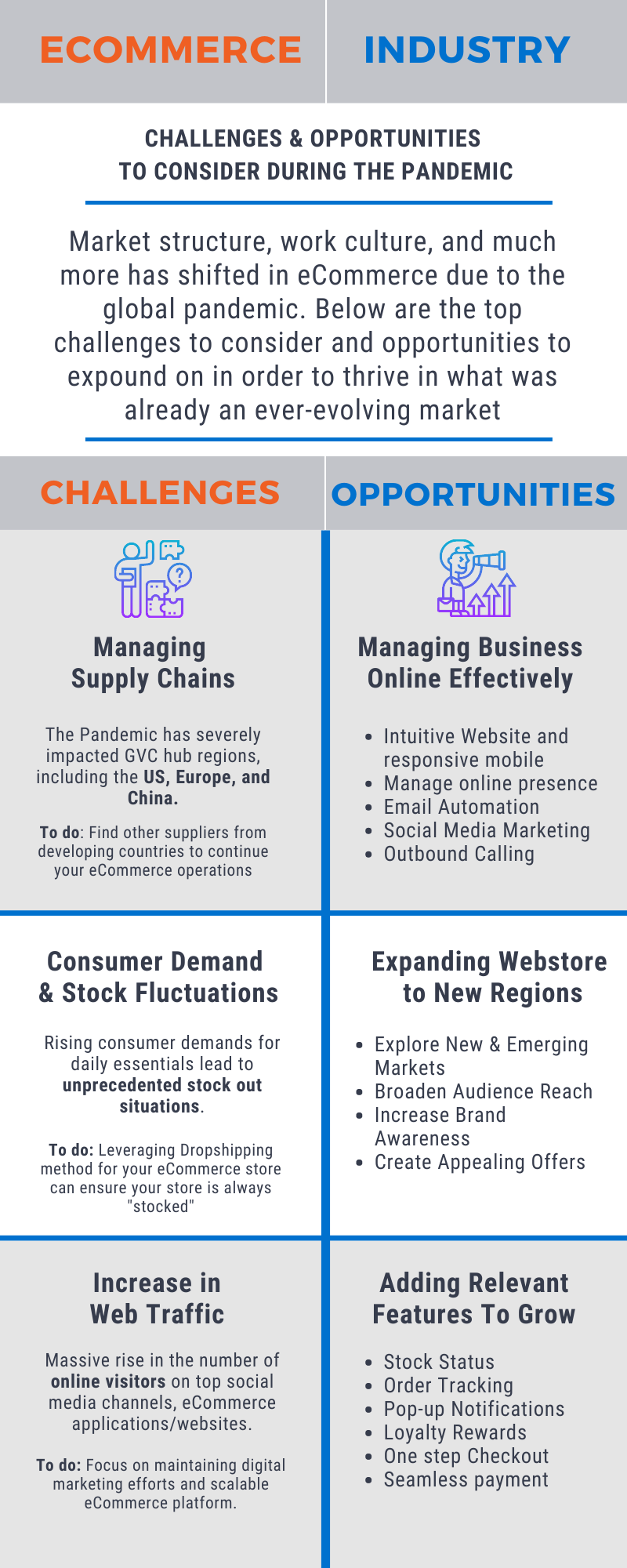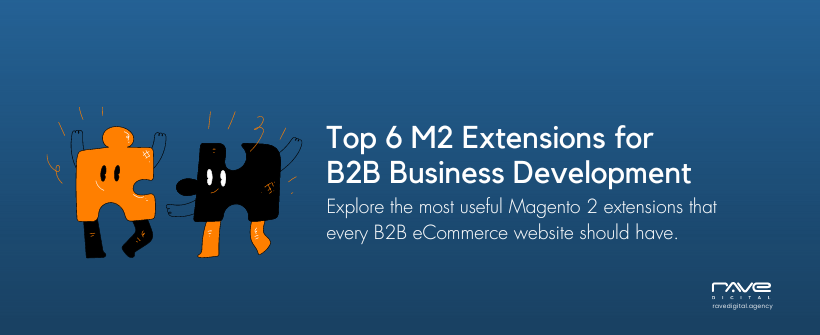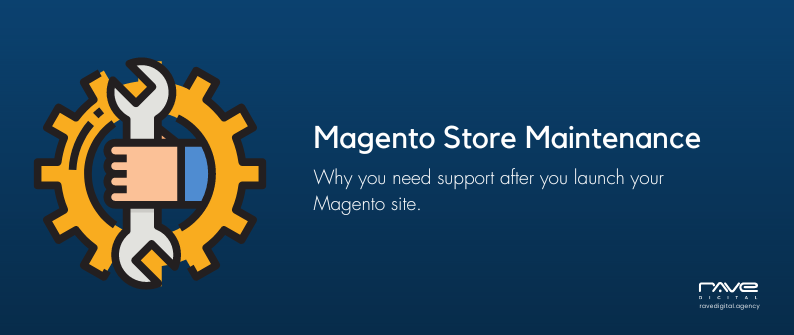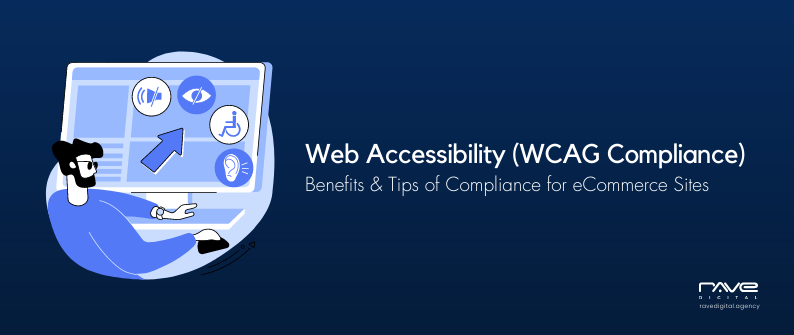The Global Pandemic has been marching on for close to 6 six months now, isn’t it time we look at how it has impacted us!
Along with our daily lives, businesses and industries around the globe have been dealing with the severe impacts of the 2020 Pandemic.
In this blog, we will be discussing several notable impacts the global pandemic has had on the eCommerce industry.
We have been slowly shifting purchasing behaviors, relying more and more on eCommerce for the many of our daily essentials, which has marked significant eCommerce growth over the years. However, with the Pandemic here to stay for the foreseeable future, eCommerce demand will continue to grow and demand will reach all-time highs!
Market structure, working culture, and a magnitude of additional factors have stirred and shifted the eCommerce industry. Let’s discuss all the challenges and opportunities that must be addressed by businesses operating within the eCommerce realm during this global Pandemic.
Top Challenges for eCommerce Businesses Amid & Post-Pandemic
1. Managing the Supply Chains
Imposing lockdowns as a means of controlling the pandemic throughout the world has disrupted supply chain management markets on a global scale.
China, the biggest manufacturer of goods, has witnessed an unprecedented drop in orders and agreements. The Pandemic has had significant impacts at the core of the global value chain (GVC) hub regions, including the US, Europe, and China.
Industrial Production in China witnessed a fall of 13.5 percent in the early months of the Pandemic.
China is not the only country being affected, if you analyze the production activity across GVC countries, you’ll all have marked declines in goods production.
What can be done?
You must look for other supply chain options. Research and find other suppliers from developing countries to continue your eCommerce operations. Numerous countries are willing to provide the right service at affordable prices.
Below is a list of top products imported from China with an alternative country that can supply the products to your business:
- Optical, medical and Surgical instruments: India Colombia, Brazil
- Automotive Spare Parts, Vehicles: India, Colombia, Chile
- Apparel & Clothing Accessories: Canada, Brazil
- Furniture & Parts: Mexico
- Electrical Machinery or Equipment: Brazil
2. Consumer Demand & Stock Fluctuations
People have panicked, and it has made them flock from store to store (both online and offline) to buy necessary goods in excessive quantities.
The ‘stay-at-home’ mandate has caused consumers to order an increased volume of essentials then would be consumed in the coming months. The erratic purchase patterns have led to unpredictable demand thereby creating supply shortages.
Even stores that had managed inventory well have suffered setbacks due to massive fluctuations in consumer behavior toward essential products.
The all-around shortages resulting from the Pandemic forced many eCommerce stores to shut down delivery service until they managed and adjusted inventory levels to deal with the surge in orders.
What can be done?
Yes, effectively using a Dropshipping method for your eCommerce store typically and especially in times of crisis can do wonders to grow your bottom line. Implementing it will enable you to be free from maintaining and managing inventory allowing you to focus only in growing your online sales.
3. Peak in Website Traffic
During the lockdown phase, eCommerce stores that sold daily necessities products witnessed never before seen webstore traffic.
While people were home, there was a massive rise in the number of online visitors on top social media channels and popular eCommerce applications/websites. As per Statista, retail sites witnessed 12.81 billion visits in January 2020, whereas, in March 2020, the visits soared to 14.34 billion.
Many physical stores who didn’t effectively manage their website or web applications suffered tremendously. Their e-store didn’t do well in handling the surge in traffic and fell short in providing smooth user experiences to customers. Moreover, a lack of digital marketing efforts didn’t garner them with qualified traffic.
What can be done?
Focus on digital marketing and scalable eCommerce platforms.
In current times, focussing on your SEO efforts along with the scalability of your website is crucial. Choose a platform that works well for your eCommerce store.
Moreover, there are numerous eCommerce extensions and plugins available on platforms like Magento, Shopify, and WordPress. These can be leveraged to enhance the customer experiences and visibility of your business on search engines.
eCommerce opportunities to focus on Post-Pandemic
1. Moving Business Online
If you’re still dependent on your physical store to drive revenue, you’re already behind.
The Pandemic has limited numerous face-to-face business opportunities. However, it’s the best possible time to encourage and attract customers to shop online. You can even connect with your existing customers online to make a sale.
Here’s what can be done:
- Develop and manage an intuitive eCommerce website with pleasing design and functionalities
- Ensure you perform necessary digital marketing initiatives to support and boost your online presence
- Remind your existing customers about your webstore via Email/Social media campaigns
- Publish appealing offers on your store enticing customers to spend, refer and engage more with your brand.
2. Expand Webstore to New Regions/Markets
Digital presence marks your ability to cater to global audiences if you wish to do so!
Apart from your existing customers, with a webstore, you can widen your customer reach. Expanding your online presence to places where you may otherwise have no significant presence will enable your brand to tap into new markets and expand your audience.
Developing a B2C or D2C website on a reliable eCommerce platform will help you bypass disruptions in the supply chain, and assist in leveraging new and effective ways to boost revenue from the online space.
3. Adding Relevant Features
You might have an eCommerce store for your business, but do you update its functionalities or features to meet current demand?
If not, you’re going to lose customers.
For a webstore to remain current, it has become vital to add ‘Stock Status.’ You might be aware of your stock inventories, but your visitors are not. Keeping them informed will help you gain trust and build their loyalty.
With eCommerce platforms such as Magento, there are customized Stock Status extensions that can be integrated to automatically display stock status, including condition, number, etc.
Apart from displaying real-time stock levels and pricing, you can also consider integrating the following features:
- Allow customers to track their deliveries
- Ensuring all out-of-stock goods are marked the same on the webstore
- Sending out emails/SMS/emails once the out-of-stock items are back in stock
Below is an infographic highlighting the Challenges & Opportunities that must be addressed by every business in the eCommerce industry during the Pandemic:

Final Words
Lastly, if you don’t have an eCommerce store or are wondering if it will work given the current circumstances. THIS is the time to begin a store online. Whether you have an existing brick and mortar business or are considering starting a new one, online, the future is eCommerce.
This global Pandemic has taught us the importance of reliable, well-managed eCommerce brands! In times like these, if you’re a business providing necessary products in demand by consumers, existing customers will not abandon you and new consumers will find you!
Learn more about how a store with the right eCommerce platform thrives during challenging times?

























